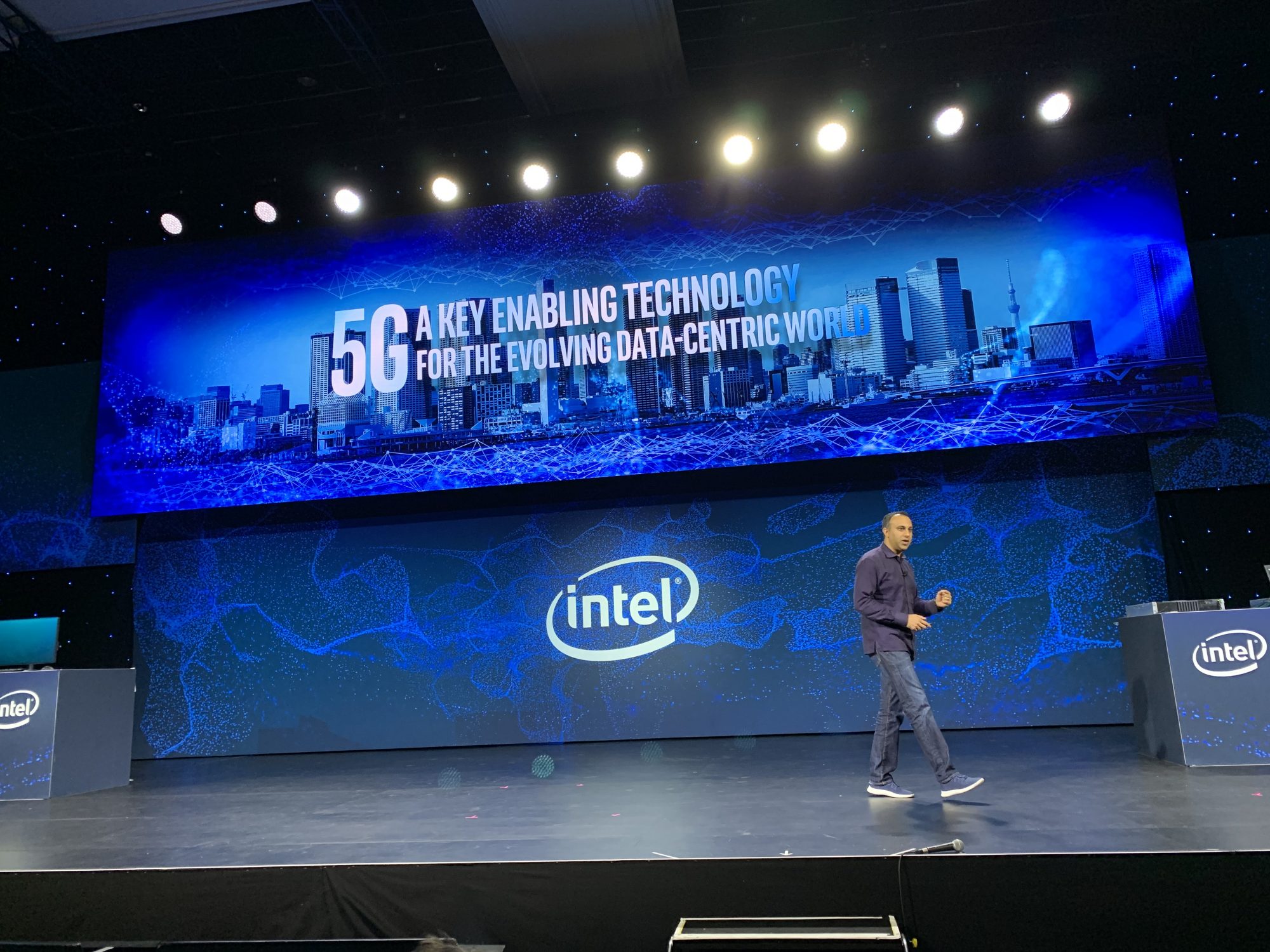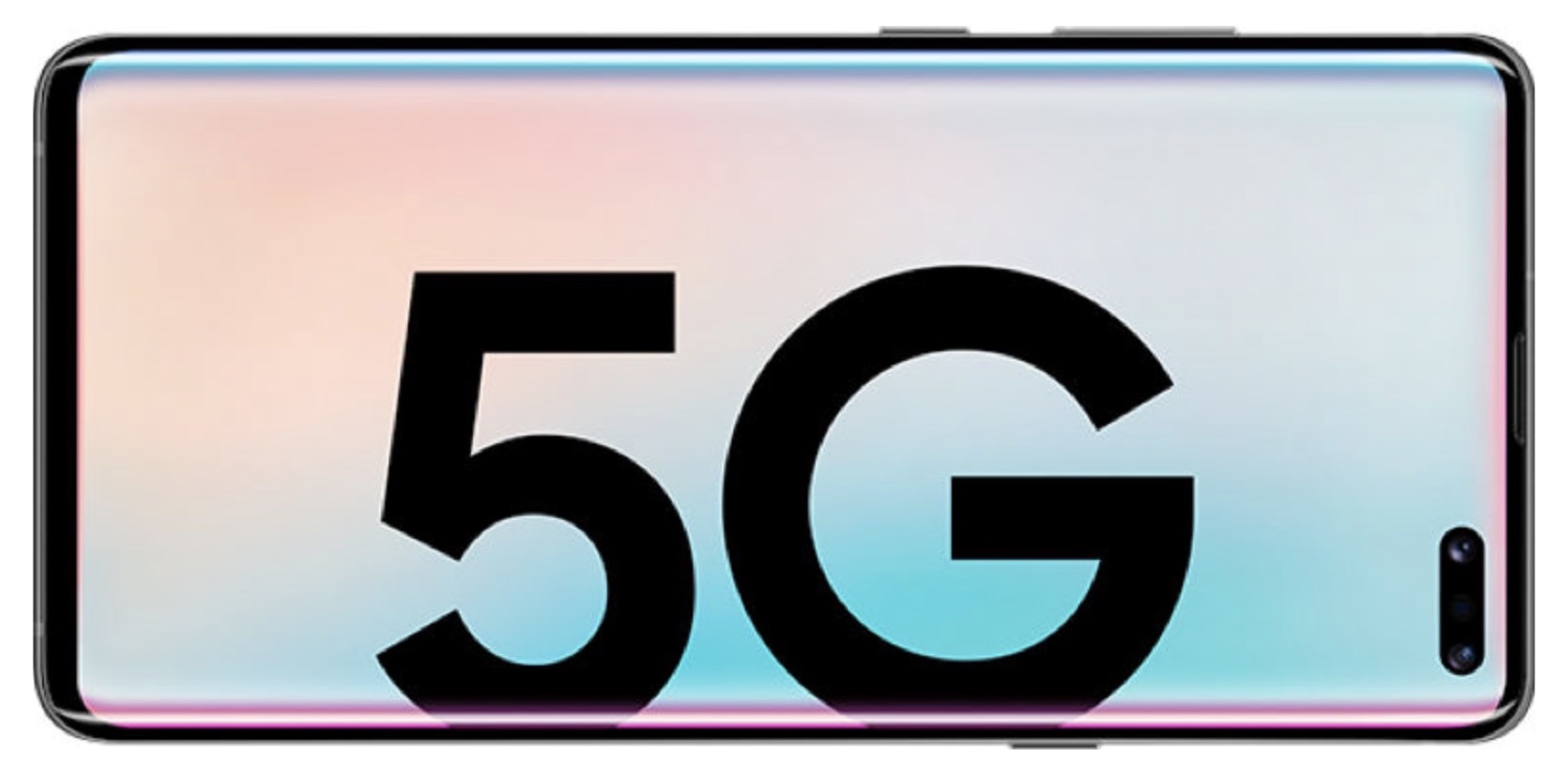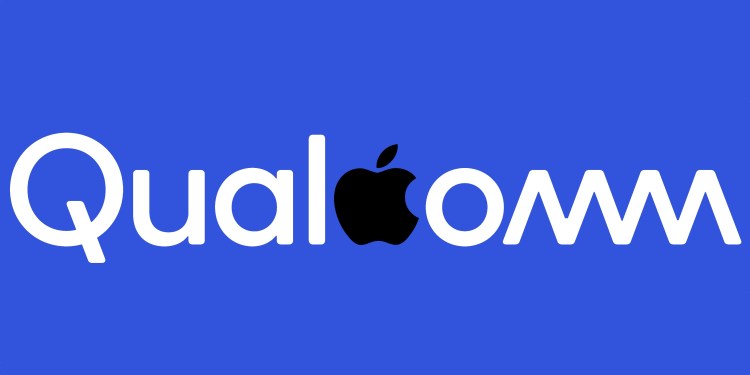While virtually everyone was caught off guard by Apple’s decision yesterday to settle its two-year-long global legal battle with Qualcomm, it’s been obvious for over a year that settlement was inevitable — thanks largely to 5G. If you’ve been following our 5G coverage, the clues were all there.
Apple isn’t just one of the world’s largest companies; it’s obsessed with both innovation and being perceived as innovative. Since the company makes most of its money selling smartphones, and the biggest smartphone innovation right now is 5G, Apple had little choice but to bring a 5G iPhone to market in a competitive timeframe.
Unfortunately, Apple apparently miscalculated both that timeframe and the engineering challenges involved in creating 5G devices. It assumed that the earliest 5G networks wouldn’t arrive until 2020, but thanks to a push from Qualcomm, they instead began to launch in late 2018. While debates continued over whether millimeter wave 5G parts could be miniaturized into pocket-sized devices, Qualcomm made it happen.
Look back to our February 2018 coverage of Apple’s four roads to a 5G iPhone, which listed Qualcomm as the leading contender for Apple’s 5G modem business — despite the already unpleasant state of their legal battle, and reports that Apple would instead rely exclusively on Intel. “Disputes like this have a way of getting resolved when working together is necessary,” we said, and as time progressed, that necessity only increased.
June 5th: The AI Audit in NYC
Join us next week in NYC to engage with top executive leaders, delving into strategies for auditing AI models to ensure fairness, optimal performance, and ethical compliance across diverse organizations. Secure your attendance for this exclusive invite-only event.
By November, it was obvious that something had gone seriously wrong with 5G smartphone chip development at Apple’s top 5G alternative, Intel. The chipmaker abruptly announced that it was shelving its first-generation 5G modem and rushing a superior second-generation version to market — for 2020 products. As Intel had been working on the first modem since 2017 with a 2019 release date, its inability to deliver “ready now” or “in the oven” parts for waiting customers this year was a huge red flag.

Above: Intel’s 2019 CES press conference.
There were other warning signs. This year’s CES was widely expected to be a showcase for 5G, but while key competitors had large 5G displays, Intel’s booth had decidedly lackluster 5G demos, and the company offered only modest 5G modem progress updates at MWC in late February. Challenged by a Fast Company report of new modem development problems early this month, Intel pointed back to its earlier statements and declined an opportunity to say more. It’s telling that once Apple and Qualcomm settled, Intel withdrew completely from the 5G smartphone market, and seemingly contemplated selling its entire 5G modem business — a purchase some are now speculating Apple will make.
Intel wasn’t Apple’s only other 5G option, but no one else appeared ready to supply the company’s 5G needs. Smaller Taiwanese chipmaker MediaTek wanted to sell Apple modems, but had limited experience with premium devices and showed initial 5G prototypes that ran hot. China’s Huawei offered to sell Apple 5G parts, but Apple reportedly never responded — likely because the Chinese company’s 5G gear is all but banned in the United States. And we learned in February that Apple certainly wasn’t ready to make its own 5G modems yet.
Its final alternative was Samsung, the only company besides Qualcomm with actual 5G phones in stores. Samsung has developed its own 5G modem, which is now being used in the South Korean version of the Galaxy S10 5G. But despite sourcing OLED screens from Samsung, Apple has had a notoriously frosty relationship with its supplier, dating back to iPhone- and iPad-related lawsuits Apple initiated and won. Apple generally picks anyone else’s parts over Samsung’s unless the quality gap is obviously in Samsung’s favor.

Above: The U.S. version of Samsung’s Galaxy S10 5G uses Qualcomm components.
Even by that standard, settling with Qualcomm would still have looked like a better option. Qualcomm has the ability to supply dozens of partners with 5G components, while Samsung just announced small-scale availability of its own 5G modems for other customers. Moreover, Samsung decided to use Qualcomm parts in its U.S. 5G devices, a clear sign that Qualcomm is far ahead of its closest competitors.
There were some small non-5G signs, too. Before this week’s $27 billion San Diego trial commenced, Apple lost smaller patent infringement verdicts to Qualcomm in China, Germany, and the United States, facing the prospect (and in some cases the reality) of iPhone sales bans in each country. The monetary value of these cases might have amounted to peanuts for the nearly trillion-dollar company, but there was no escaping the fact that multiple courts were willing to hold Apple accountable for impermissibly using Qualcomm’s patented technologies.
Apple put on a brave face before the San Diego trial, suggesting that it was standing up for not just itself but all of the smaller companies that were upset about having to pay Qualcomm for both a license and chips — the equivalent, Apple’s lawyer suggested in court yesterday, of Kentucky Fried Chicken charging both a fee to eat at the restaurant and a separate fee for the food.
Putting aside that concept’s similarity to tipping — the 15-20% surcharge people pay for service at restaurants every day — Qualcomm is hardly the Kentucky Fried Chicken of the tech world, and Apple certainly isn’t the typical fast food customer. Qualcomm has spent untold years and dollars bringing once unimaginable cellular technologies to market for a relatively small number of well-heeled customers; Apple made $84 billion in revenues in a “disappointing” last quarter thanks to a 38% profit margin. These are two big, rich companies, and this was a classic rich guys’ fight over who got to keep more money from products they could only sell together.
Settlement became inevitable for Apple once no one else but Qualcomm could realistically help it bring the world’s most important smartphone innovation to customers within the next year. Given 5G’s rollout timelines, the scale of Apple’s supply needs, and Qualcomm’s track record of reliability, the need for 5G alone — aided by some very smart legal positioning — was enough to settle the dispute.
Apple’s settlement payment to Qualcomm wasn’t disclosed. But I suspect it still has enough cash left over for a few buckets of Colonel Sanders’ finest chicken, hopefully served extra crispy.

